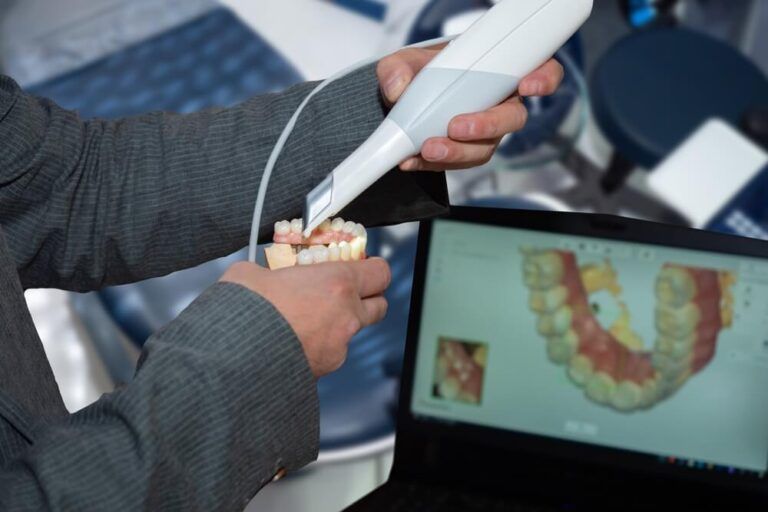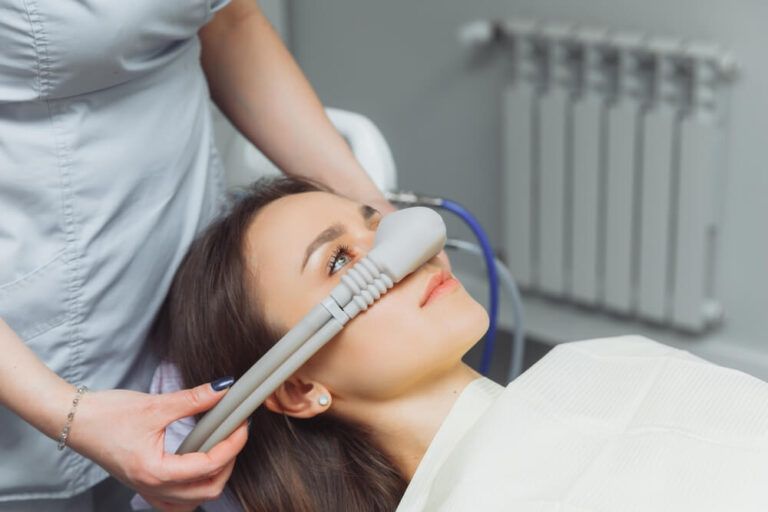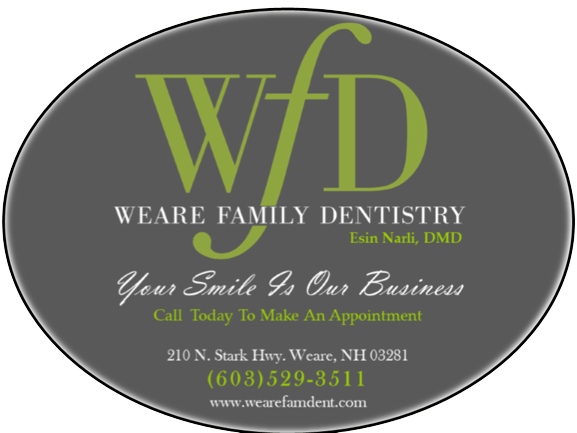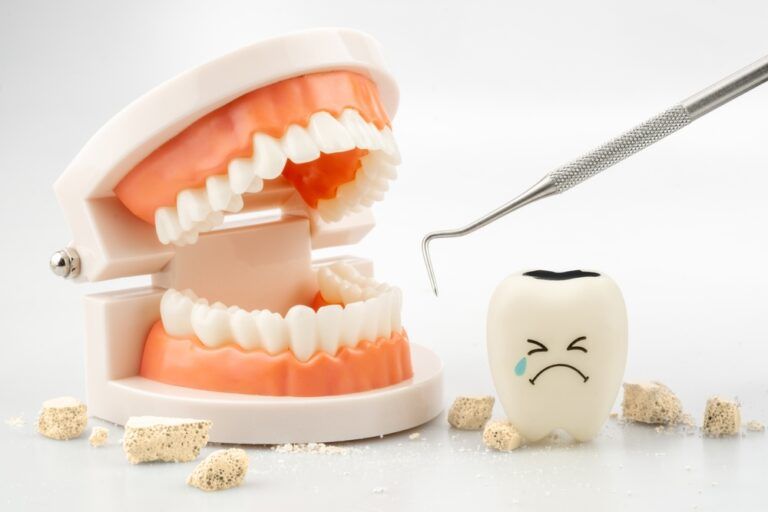Dental emergencies can happen when you least expect them, often causing pain, discomfort, and anxiety. Whether it’s a broken tooth, a severe toothache, or a knocked-out tooth, knowing how to handle these situations properly can help prevent further damage and keep your smile healthy. Dr. Esin Narli of Weare Family Dentistry in Weare, NH, walks you through some common dental emergencies and provides guidance on how to manage them until you can see a dentist.
1. Toothache: The Dull or Sharp Pain
Toothaches are one of the most common dental emergencies. They can occur for a variety of reasons, including cavities, gum infections, or even sinus problems. If you experience a toothache, it’s essential to identify the cause and take steps to alleviate the pain.
For a mild toothache, rinse your mouth with warm water to clean it, and use dental floss to remove any food particles stuck between your teeth. Applying a cold compress to the outside of your cheek can help reduce swelling and numb the pain. Over-the-counter pain medications like ibuprofen or acetaminophen can also help manage the discomfort temporarily. However, if the pain is severe or persists, it’s important to see your dentist as soon as possible. An untreated toothache can indicate an infection or a cavity that may require a root canal or other treatments.
2. Knocked-Out Tooth: Time Is of the Essence
A knocked-out tooth is a true dental emergency and requires immediate action to improve the chances of saving the tooth. If your tooth is knocked out, time is critical. The first step is to locate the tooth and handle it by the crown, not the root. Rinse the tooth gently with water to remove dirt, but do not scrub or remove any attached tissue.
If possible, try to reinsert the tooth into its socket. Bite down gently to hold it in place. If reinsertion is not possible, place the tooth in a glass of milk or a saline solution to keep it moist. Avoid placing the tooth in water, as this can damage the delicate cells. Get to a dentist within 30 minutes to an hour to have the tooth reimplanted successfully.
3. Broken or Cracked Tooth: Protect the Tooth from Further Damage
A broken or cracked tooth can result from trauma, such as a fall, or from biting down on something hard. If you break or crack a tooth, it’s important to protect it from further damage and infection. Rinse your mouth with warm water to clean the area, and if there’s any bleeding, apply gentle pressure with gauze to stop it.
If you’re experiencing pain, over-the-counter pain medications can help manage discomfort. You can also apply a cold compress to the outside of your cheek to reduce swelling. Avoid chewing on the side of the affected tooth, and avoid using it to bite down on hard foods. Make an appointment with your dentist as soon as possible, as they may need to smooth out jagged edges, perform a filling, or even place a crown depending on the severity of the damage.
4. Lost Filling or Crown: Protect the Tooth Until It’s Replaced
Losing a dental filling or crown can expose the underlying tooth to further damage and infection. If you lose a filling or crown, the first step is to keep the affected area clean. Rinse your mouth with warm water, and if you can, place a piece of sugar-free gum or dental wax in the area to protect the exposed tooth.
If a crown comes off, try to place it back on the tooth using a small amount of dental adhesive or temporary dental cement if available. However, it’s essential to visit your dentist as soon as possible to have the filling or crown replaced. Delaying treatment can lead to more extensive damage to the tooth, which may require a root canal or extraction.
5. Broken Braces or Wires: Handle with Care
Braces are a common orthodontic tool, but they can sometimes break or cause discomfort during a dental emergency. If a bracket or wire breaks, it can cause irritation to your gums or mouth. First, try to reposition the broken wire or bracket using a pair of clean tweezers. If the wire is poking into your gum, cover the sharp end with a small piece of gauze or orthodontic wax to reduce irritation.
If the broken wire or bracket is causing significant discomfort or cannot be repositioned, it’s important to see your orthodontist immediately. They will assess the damage and make any necessary repairs. In the meantime, avoid eating hard or sticky foods to prevent further damage to your braces.
6. Abscess: Swelling and Pain from Infection
A dental abscess is a localized infection in the gums or teeth that can cause swelling, pain, and even fever. Abscesses can be dangerous and should be treated promptly to prevent the infection from spreading. If you suspect you have an abscess, rinse your mouth with warm salt water to help draw out the infection and reduce swelling. Over-the-counter pain relievers can help manage discomfort temporarily.
However, an abscess requires professional dental care, as it can lead to more serious complications if left untreated. Your dentist will drain the abscess, clean the area, and may prescribe antibiotics to control the infection. In some cases, a root canal or tooth extraction may be necessary to fully resolve the issue.
Prompt Action Leads to Better Outcomes
Dental emergencies can be stressful, but knowing how to handle them can help you stay calm and take the right steps to protect your oral health. Whether it’s a knocked-out tooth, a broken filling, or an abscess, prompt action is crucial in ensuring the best possible outcome. Dr. Esin Narli and the team at Weare Family Dentistry are always ready to assist you with dental emergencies and provide the care you need to restore your smile.
Sources:
- Ellis, R. A. (2016). Immediate Care of Common Dental Emergencies. Journal of Clinical Dentistry.
- Baker, C., & Hatcher, M. (2017). Practical Solutions for Handling Dental Trauma. Journal of Dental Trauma Care.
- Roberts, T. G., & Smith, K. J. (2019). Managing Dental Pain and Infections. Journal of Emergency Dentistry.





















